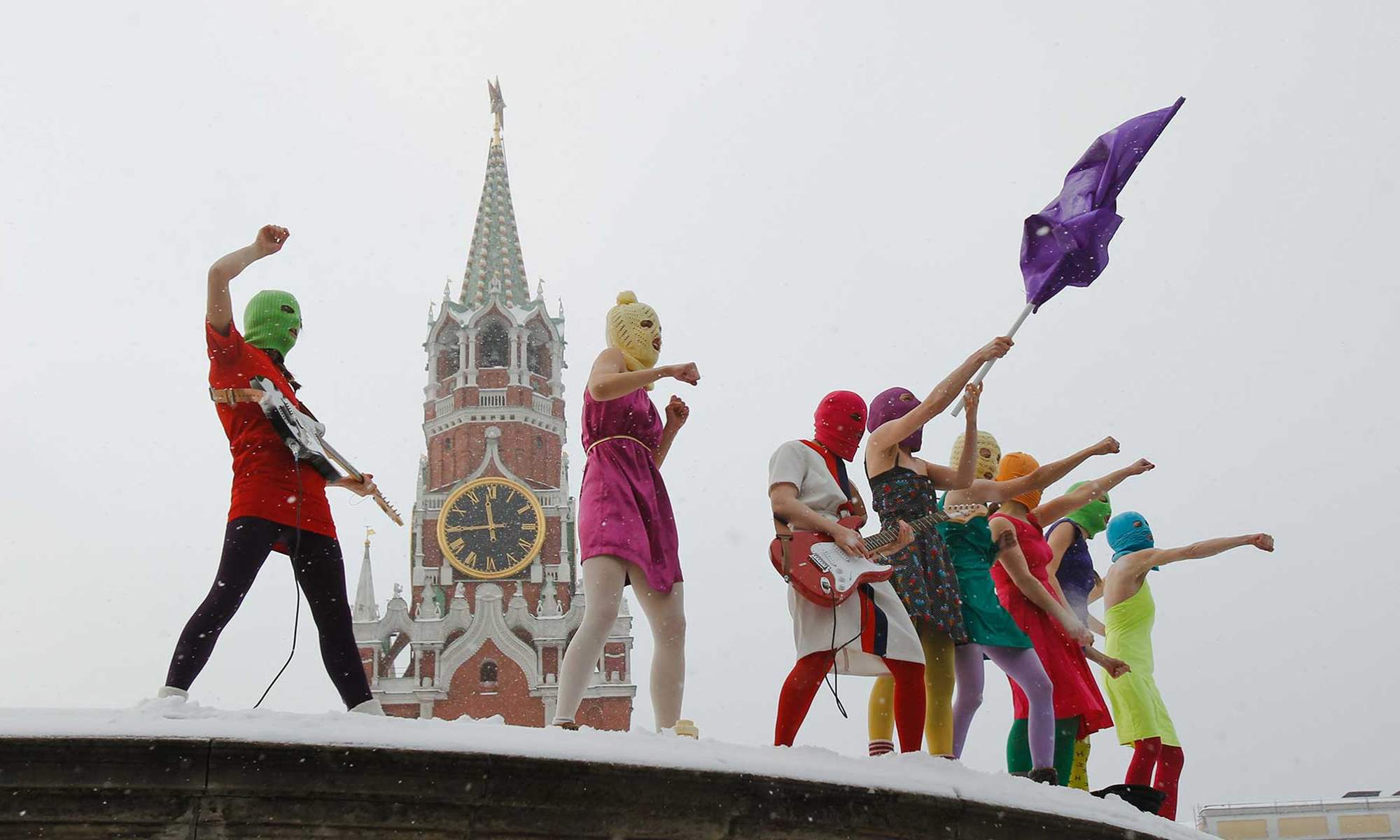The Satan ICBM is a colloquial name for the R-36M, a series of Soviet intercontinental ballistic missiles (ICBMs) developed during the Cold War. This missile is also known by its NATO reporting name, SS-18 Satan. Developed by the Soviet Union in the late 1960s and introduced in the 1970s, the R-36M is one of the heaviest and most powerful ICBMs ever deployed, capable of delivering multiple warheads over vast distances with extreme destructive capability.
Some key points about the SS-18 Satan ICBM:
- Design and Payload: The SS-18 Satan can carry up to 10 independently targetable reentry vehicles (MIRVs), each with a nuclear warhead. This allows it to strike multiple targets simultaneously, which was a significant part of its deterrent value.
- Range and Capability: It has an effective range of up to 16,000 kilometers (about 10,000 miles), covering almost any point on the globe from launch sites in Russia or former Soviet territories.
- Versions and Variants: Over time, the missile went through various upgrades, each improving range, accuracy, and payload options. Some versions were built with more conventional high-yield warheads, while others focused on a broader targeting capability.
- Current Status: Though retired versions have been decommissioned, a modified version, RS-28 Sarmat (also known as Satan-2), has been developed as a modern replacement with enhanced capabilities to replace aging systems in Russia’s strategic arsenal.
The R-36M remains a prominent figure in discussions of Cold War-era ICBMs and nuclear deterrence due to its sheer power and capacity for destruction.
Pussy Riot’s “Eve of Destruction” is a politically charged song released in 2020 that takes its title from the iconic 1965 protest song by Barry McGuire. Pussy Riot, known for their provocative activism and feminist punk roots, reinterprets the song’s message to fit the modern political landscape.
In “Eve of Destruction,” they explore themes like authoritarianism, environmental degradation, and social injustice. The song draws from the intense atmosphere of global protests and movements, with the lyrics speaking to urgent issues like police violence, government oppression, and ecological crisis. Its tone is raw and confrontational, aligning with Pussy Riot’s characteristic style that merges music with activism.
The music video for the song is visually intense, with imagery that critiques political leaders and shows the chaotic state of the world. This modern rendition aims to resonate with a younger generation while maintaining the spirit of protest from McGuire’s original piece.

